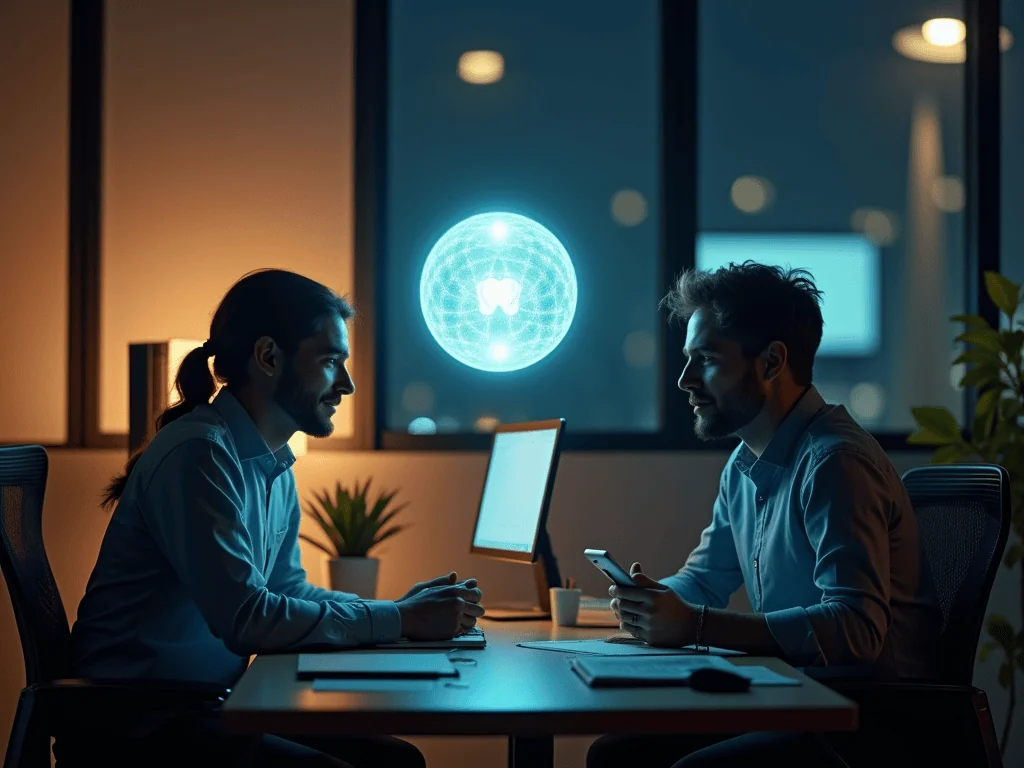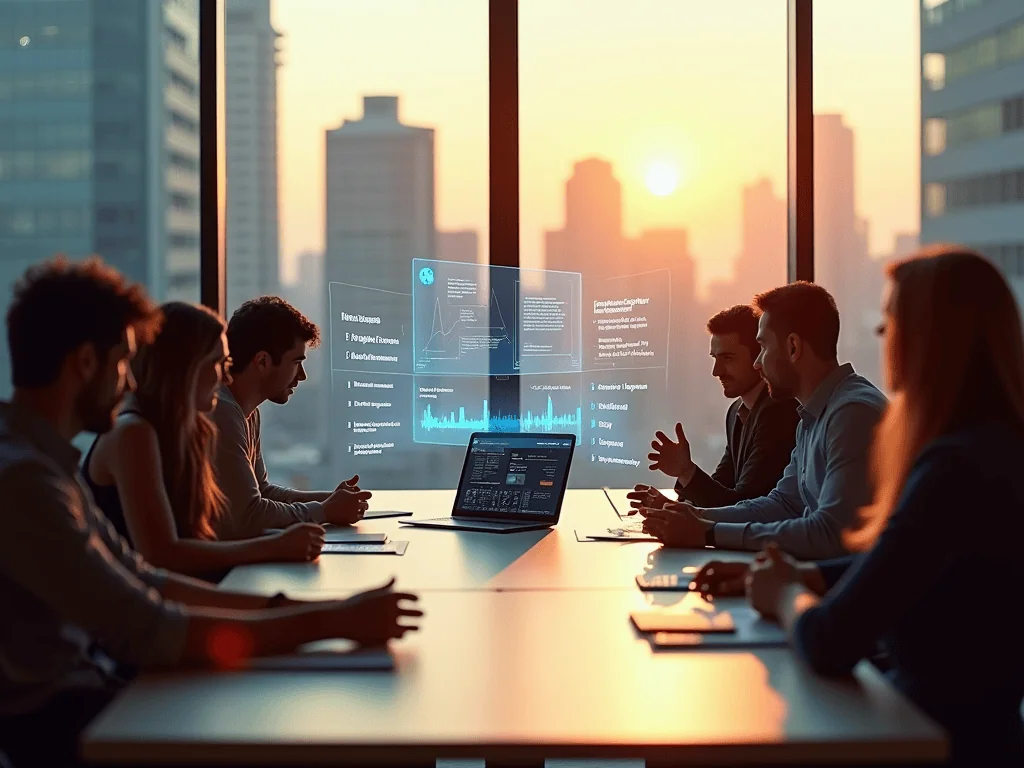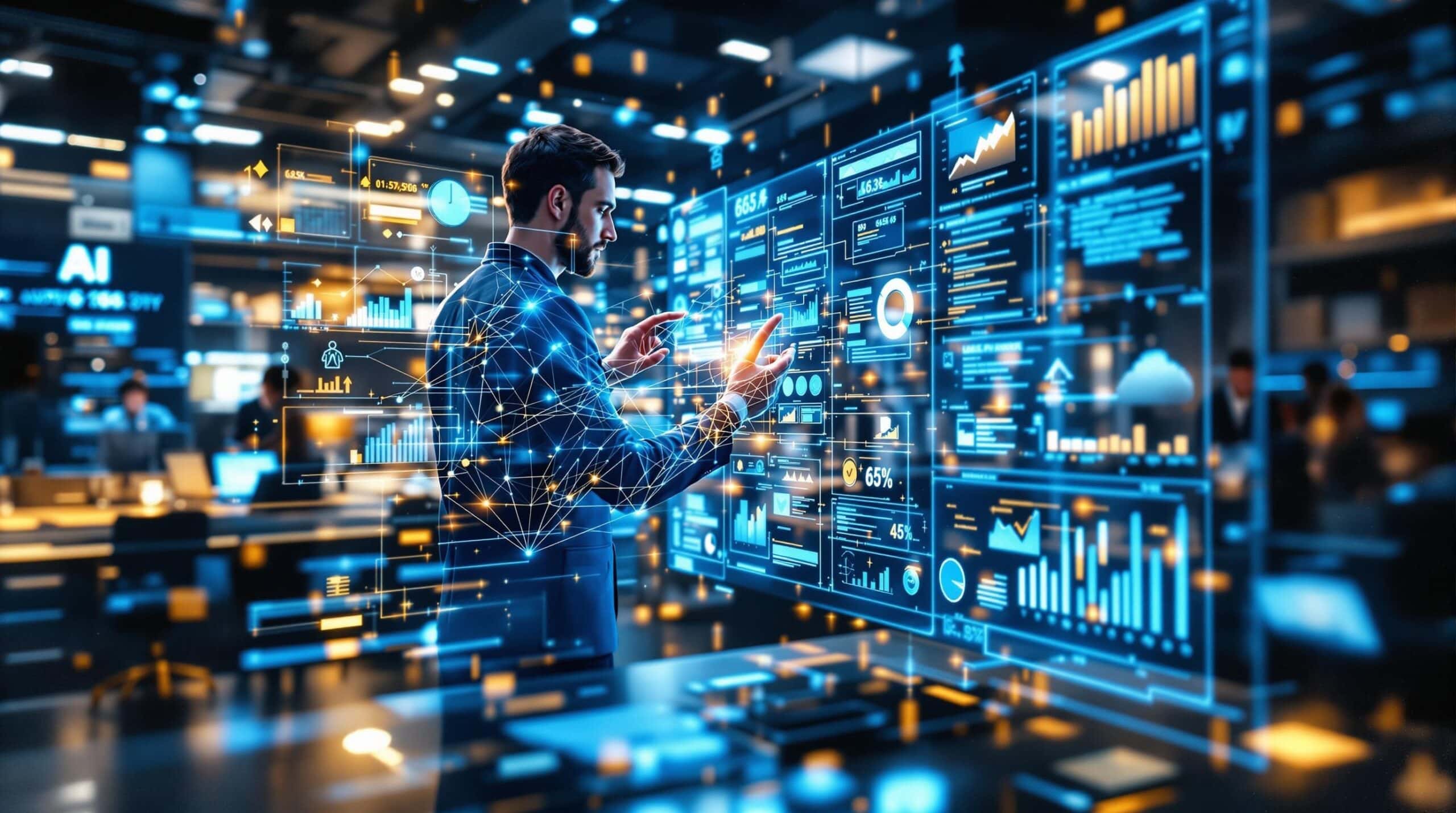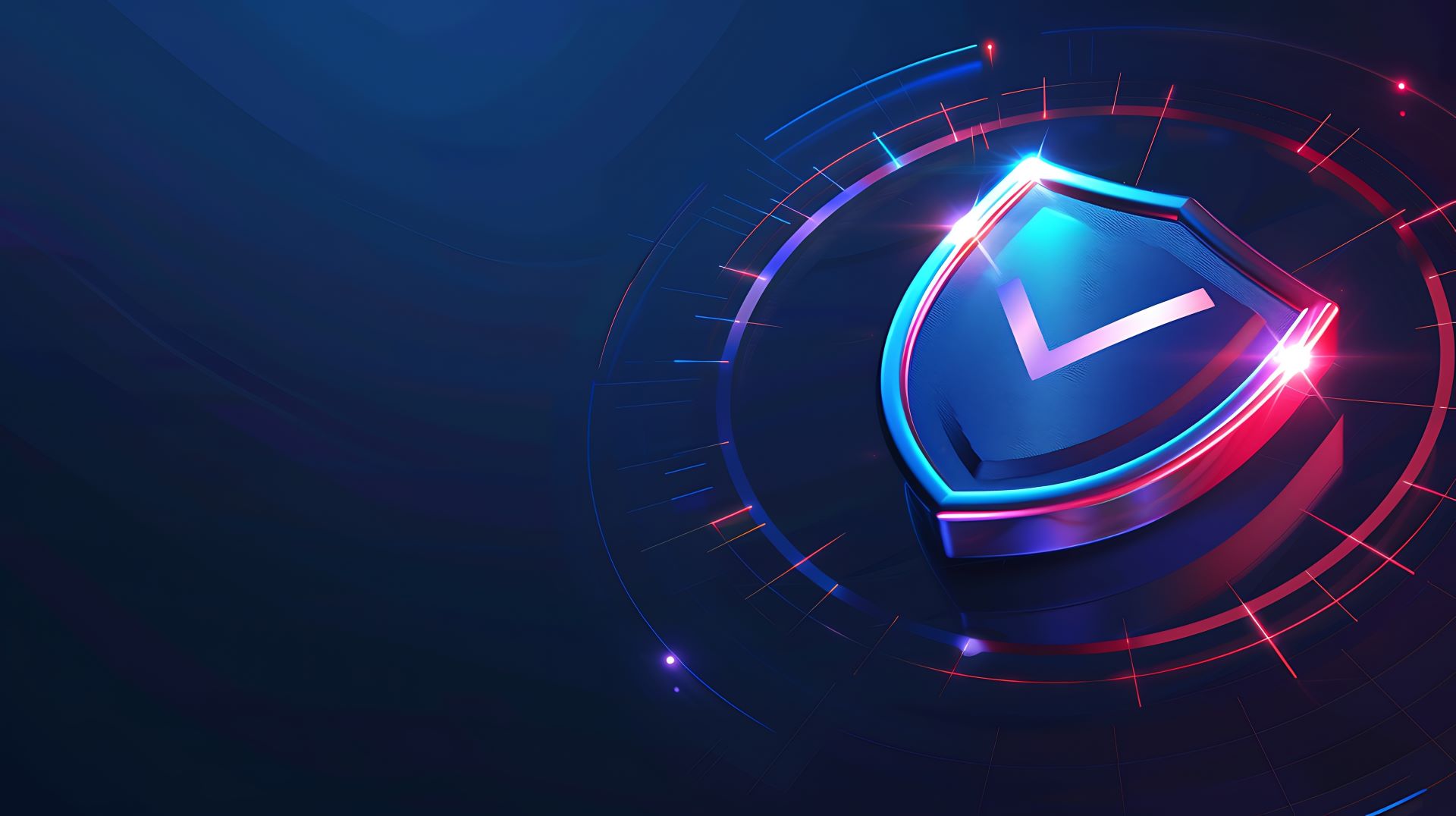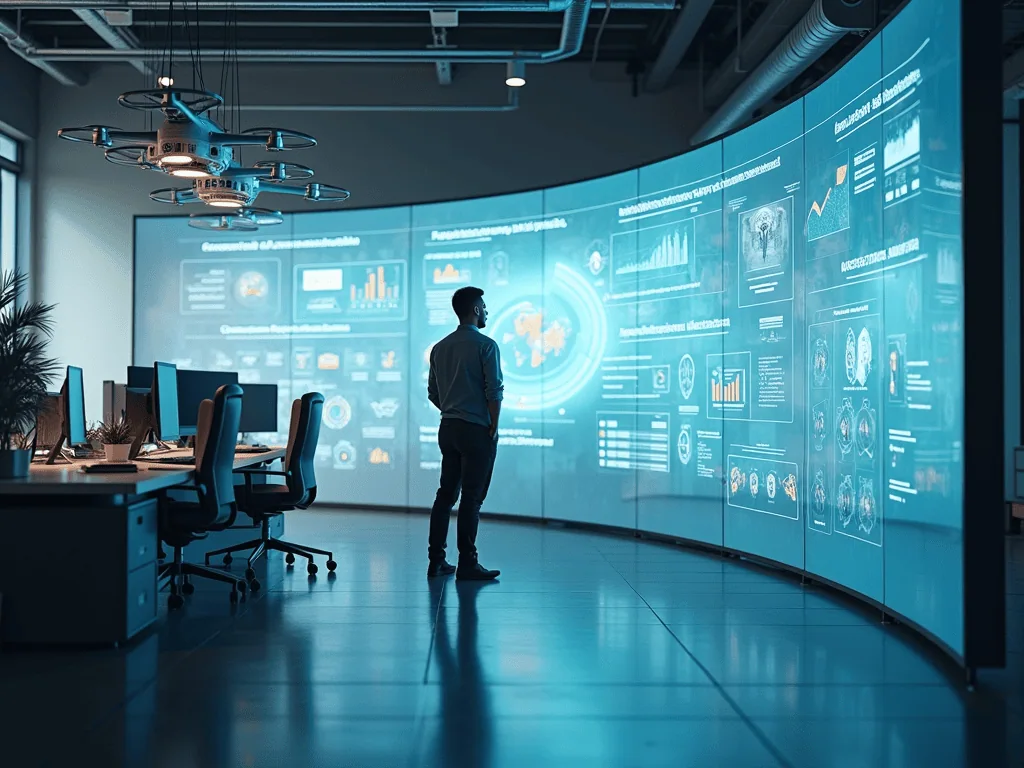
Introduction
The follow-up of customer reminders is a crucial aspect of maintaining a relationship of trust with your customers and optimizing your revenues. However, this process can be time-consuming and tedious if carried out manually. Imagine a solution where your customer follow-ups are automated, personalized and efficient. That's exactly what we're going to explore in this article. We'll look at how to intelligently automate customer reminders in various contexts, such as payments, quotations and inactivity, using tools like Make.com, n8n and Zapier. We will also integrate content personalization with GPT and data synchronization with CRMs such as HubSpot and Airtable. Finally, we'll look at how these tools and techniques lead to productivity gains and improved conversion rates.
Customer reminder contexts : Payment, Quotation and Inactivity
Different situations call for different dunning strategies. One of the most common situations is the dunning of late payments. Late payments can have a considerable impact on your cash flow. Automating this type of reminder can send automatic reminders, turning a tedious process into an effortless task.
Then there's quotation follow-up. Customers often receive quotes but don't follow them up immediately. Automating the follow-up of quotes allows you to maintain contact with these prospects and increase your chances of conversion.
Finally, reactivating inactive customers is another valuable application of automated reminders. Customers can become inactive for a variety of reasons. Automation tools can send personalized email sequences to re-engage them, allowing you to rekindle relationships that seemed lost.
Introduction to Automation Tools: Make.com, n8n and Zapier
To automate these customer reminders, tools such as Make.com, n8nand Zapier are particularly effective. These platforms make it easy to create automated workflows. Make.com and Zapier are renowned for their intuitive visual interfaces, ideal for those without advanced technical skills. You can create complex scenarios simply by dragging and dropping elements. On the other hand, n8n is aimed more at developers seeking greater flexibility and customization in their workflows.
For example, with ZapierYou can set up a "Zap" that automatically sends a follow-up email after a certain time if a quote has not been accepted. What's more, with Make.comYou can integrate various web services and automate processes such as sending payment reminders via different channels such as email or even SMS.
On the other hand, n8n enables deeper integration with customized APIs, opening up a world of possibilities for those with very specific needs. These tools make the automation of customer reminders not only feasible, but indispensable in modern customer relationship management.
Automated workflow for late payment reminders
Setting up an automated workflow for late payments can considerably lighten the workload. For example, imagine an automated sequence with Make.com to handle late payment reminders. You could set up a series of reminders starting with a gentle reminder email, followed by a second, firmer reminder, and eventually a final, stricter reminder. Each step can be triggered automatically according to the number of days overdue.
Using n8n or Zapier for this workflow, you can easily link your accounting or CRM system, such as HubSpot or Airtable, to retrieve the necessary data. Integration with these databases ensures that information is always up to date, and that reminders are triggered only when necessary.
By complementing this workflow with personalization tools like GPT, each email can be personalized with the customer's name, details of the overdue invoice and a suitable tone. For example, for a regular customer, a friendlier tone can be used, while a more formal tone can be used for a customer with whom you still have little contact.
Automated quotation follow-up
Automating quote follow-up is another key application. Often, after you've sent a quote, you need to send several reminders to get a response. With tools like Make.com, n8n, and Zapier, you can create automated sequences that send follow-up emails at regular intervals.
For example, as soon as a quote is saved in your HubSpot CRM, a workflow can be triggered to send a follow-up email after one week if no response has been received. If the quote is still not accepted after two weeks, a more insistent reminder can be sent.
What's more, personalization is essential to make these reminders more effective. With AI tools like GPT, each email can be tailored to include specific details about the quote and the customer. This shows the prospect that you've taken the time to personalize your communication, which can increase response and conversion rates.
Reactivation of Inactive Customers via Email Sequences
Reactivating inactive customers is a challenge faced by many companies. Fortunately, tools such as Make.com, n8n and Zapier can automate this process using email sequences. For example, a sequence of three emails can be configured to re-engage a customer who hasn't made a purchase in six months.
The first email could be a verification message asking if the customer is still interested in your products or services. The second email, sent a week later, could offer a special promotion or discount to encourage a new purchase. Finally, a third email could include personalized product recommendations based on the customer's previous purchases.
By using GPT to personalize these emails, each message can not only be tailored to the specific customer, but also use a tone that best matches the history of the customer relationship. For example, a friendly tone for a loyal customer, or a more inciting tone for a less committed customer.
Personalization with GPT: Emailing and Tonality
Personalizing communications is essential for improving engagement and conversion rates. Using language templates such as GPT enables this personalization to be automated on a large scale. GPT can generate personalized follow-up emails by including specific customer information, such as name, purchase history and preferences.
What's more, GPT can adjust the tone of the email to suit the context. For example, for a payment reminder, the tone can be more formal and professional, while for a quotation follow-up, a more friendly and engaging tone can be used. This flexibility enables you to maintain a positive relationship with your customers, while ensuring that your messages are impactful.
GPT's integration with tools like Make.com, n8n, or Zapier also makes it possible to fully automate this process. For example, you can set up a workflow where GPT generates the email content based on data extracted from your CRM such as HubSpot or Airtable, then automatically sends the email via Zapier. This ensures that every reminder is not only sent promptly, but is also relevant and personalized.
Data synchronization with CRM: HubSpot and Airtable
Data synchronization is a key step in automating customer reminders efficiently. Using CRMs like HubSpot or databases like Airtable, you can centralize all customer information. This facilitates the automation of reminders, as the necessary data is always up-to-date and accessible.
For example, when a customer accepts a quote or makes a payment, this information can be automatically updated in your CRM. Then, automated workflows in Make.com or Zapier can be triggered to stop reminders for that specific customer.
Synchronization with automation tools also ensures that reminders are sent at the right times. For example, a payment reminder will not be sent if the invoice has been paid, thus avoiding unnecessary tensions with the customer. This fluidity in processes increases the effectiveness of reminders and improves customer satisfaction.
Internal notifications and automated reminder follow-up
Automating reminders doesn't mean abandoning manual follow-up altogether. Tools like Make.com, n8n and Zapier also allow you to set up internal notifications to keep your team informed. For example, every time a payment reminder is sent, a notification can be sent to the accounting team via Slack or email.
In addition, automated follow-up of reminders can be set up. Teams can receive weekly reports on the status of reminders, including the number of overdue payments settled, quotes accepted and customers reactivated. These reports can be generated automatically from data collected in your CRM and other synchronized tools.
In short, these automatic notifications and follow-ups ensure that nothing is left to chance. Your team stays informed in real time and can intervene manually if necessary, while benefiting from the productivity gains brought about by automation.
Productivity gains and improved conversion rates
The benefits of automating customer dunning are numerous. Firstly, there is a significant gain in productivity. By automating repetitive, time-consuming tasks, your team can concentrate on higher value-added activities. It also reduces the workload and stress associated with manual management of reminders.
Improved conversion rates are another key benefit. Timely, personalized reminders increase the chances of converting prospects into paying customers. For example, sending quotation reminders at regular intervals keeps the prospect's interest, and may encourage them to make a purchase.
Finally, using AI to personalize the content of reminders improves customer satisfaction. Customers feel considered and appreciated when they receive communications that are relevant and tailored to their needs. This translates into better customer relations and, ultimately, increased loyalty.
Conclusion
In short, automating customer reminders using tools such as Make.com, n8n and Zapier, combined with customization with GPT, offers a powerful and efficient solution for managing your customer reminders. These technologies not only save time and improve productivity, but also increase conversion rates and improve customer satisfaction.
By integrating these tools into your customer management processes, you'll benefit from automated, personalized reminders, seamless data synchronization with your CRMs, and internal notifications to keep your team informed. This translates into productivity gains and a significant improvement in your sales results.
Stop wasting time on repetitive, time-consuming tasks. Embrace intelligent automation and see the difference for yourself.
This service is part of our : Automated Back-Office & Invoicing.
Ready to get started? Book a discovery call to discuss your needs:
FAQ
1. What are the best tools for automating customer reminders in 2025?
The best tools for automating customer reminders in 2025 are Make.com, n8n and Zapier. These platforms are popular for their efficiency and flexibility in integrating with a variety of services.
2. How to personalize reminders with AI?
The personalization of reminders with AI is achieved through language templates such as GPT. These templates enable the content and tone of automated messages to be tailored to customer data, making each communication unique and relevant.
3. What types of reminder can be automated?
You can automate several types of reminder, including payment reminders, quotation follow-up, and reactivation of inactive customers. Each type of reminder can be optimized with specific workflows to maximize efficiency.
4. How can I integrate automatic reminders with my CRM?
Integrate automatic reminders with your CRM by synchronizing CRM data with automation tools such as Make.com or Zapier. This integration enables you to trigger reminders based on events and information in your CRM.
5. What are the advantages of automated dunning?
Automated follow-ups offer a number of advantages, including time savings, improved conversion rates, more personalized messages, and more effective tracking of customer interactions.
6. Does automation completely replace human intervention?
No, automation does not completely replace human intervention. It allows us to concentrate on higher value-added tasks, and to handle complex cases requiring a human touch.
7. How do you measure the effectiveness of automated reminders?
The effectiveness of automated relaunches is measured via reports and analyses integrated into the automation tools. These tools provide data on open, click and conversion rates for follow-up emails.
8. What's the ideal frequency for automatic reminders?
The ideal frequency for automatic reminders varies according to context, but it's important to strike a balance between insistence and respect for the customer. AI tools can optimize this frequency based on customer behaviors.
9. How can I ensure that automatic reminders remain relevant?
To guarantee the relevance of automatic reminders, it is essential to regularly update customer data and adjust automation scenarios according to feedback and


